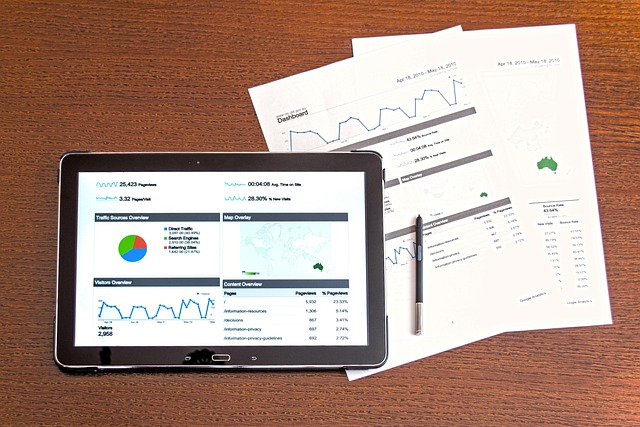
Unlocking Insight: IT Techniques for Crafting Comprehensive Database Reports
In today’s fast-paced digital landscape, the importance of data cannot be overstated. For businesses of all sizes, unlocking insights from their data is essential for making informed decisions and staying ahead of the competition. Among the various methods to interpret and analyze data, creating a comprehensive database report stands out as a fundamental skill for IT professionals. It is a bridge that connects raw data to actionable insights, enabling stakeholders to understand complex information easily.
Crafting a detailed database report requires a solid grasp of informational technology principles and methodologies. First and foremost, IT professionals should focus on data collection techniques. The integrity and accuracy of data are paramount; thus, utilizing reliable sources and implementing proper validation checks can lead to the creation of a robust database structure. This ensures that the data collected is not only relevant but also reliable, forming a solid foundation for reporting.
Once the data is in place, the next step involves data analysis. Leveraging powerful IT tools and software can dramatically enhance the analysis process. Tools like SQL for querying databases, or data visualization platforms such as Tableau and Power BI, allow for complex datasets to be interpreted clearly and meaningfully. These tools enable the extraction of insights that may not be immediately apparent, providing a more profound understanding of trends and patterns within the data.
In crafting effective database reports, it is crucial to structure the report in a manner that is user-friendly. A well-organized report includes clear headings, intuitive charts, and concise summaries that guide the reader through the data story you are telling. Visual aids are particularly important; they make complex information more accessible and can have a significant impact on how insights are conveyed and understood. Using color-coded graphs and interactive dashboards can bring reports to life and facilitate easier decision-making processes.
Moreover, tailoring the content of the database report to the audience is an essential aspect that cannot be overlooked. Different stakeholders—be it technical teams, management, or clients—have varying levels of familiarity with the data and its nuances. Therefore, understanding their informational needs and adjusting the level of detail and technical jargon can make the report more effective. The goal is to ensure clarity and relevancy, making the insights actionable.
Finally, continuous improvement through feedback is vital in the realm of informational technology. Engaging with report users to gather insights about their experience can yield critical information on how to enhance future reports. This iterative approach not only refines the report’s structure but also improves overall data literacy among the organization, fostering a culture of data-driven decision-making.
In conclusion, by mastering the techniques for crafting comprehensive database reports, IT professionals can unlock the full potential of their organizational data. This endeavor not only contributes to individual career growth but also plays a pivotal role in driving innovation and strategic initiatives within the business. The power of data is at your fingertips—embrace it and witness how it can transform your organization.



